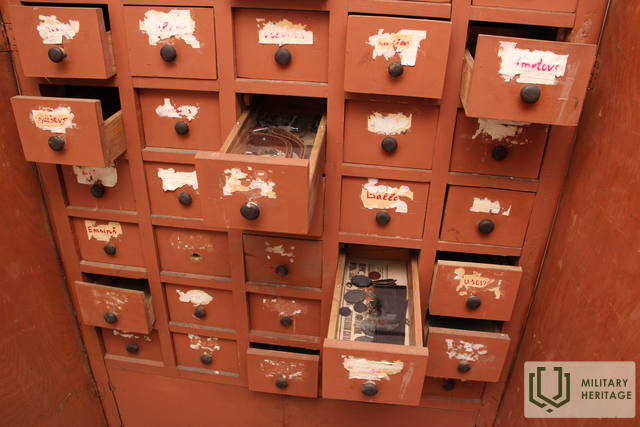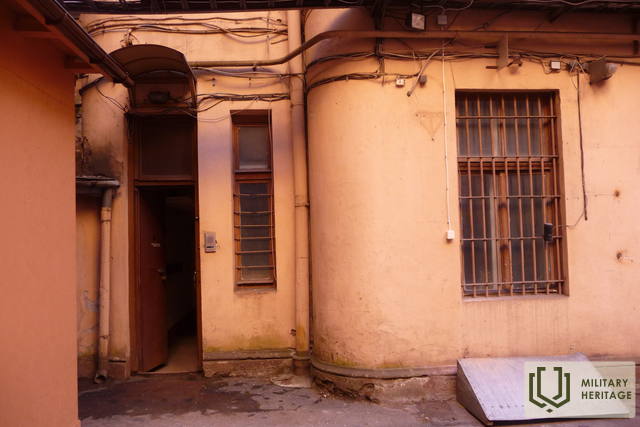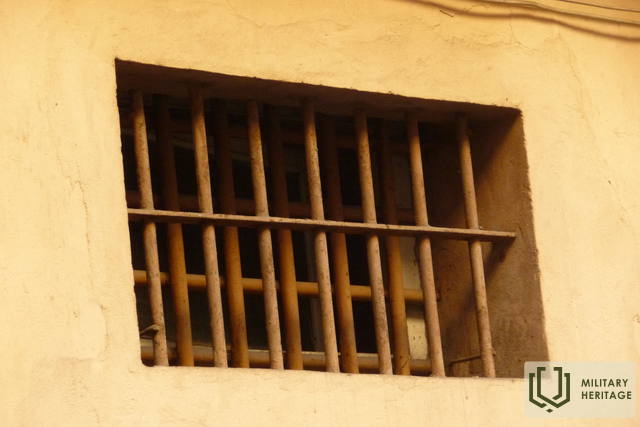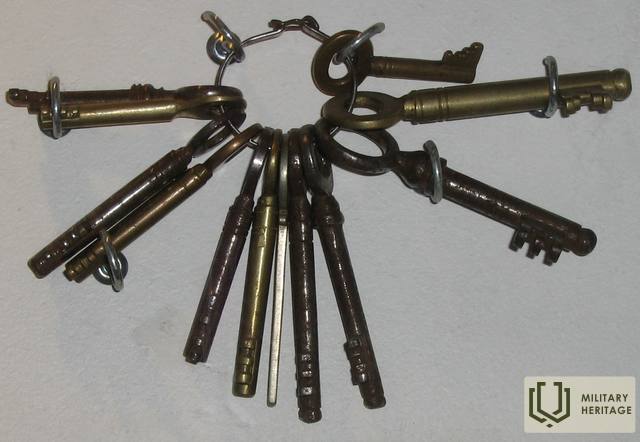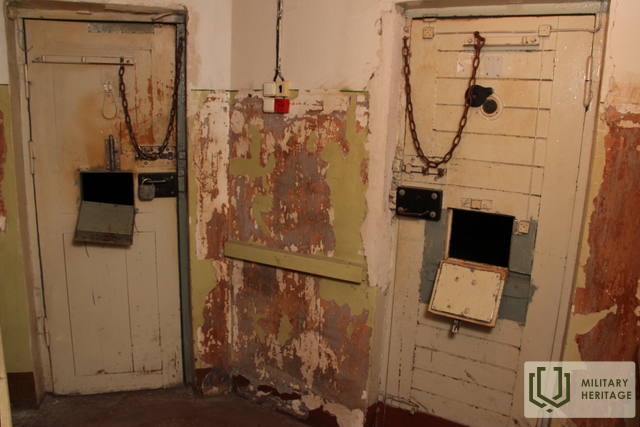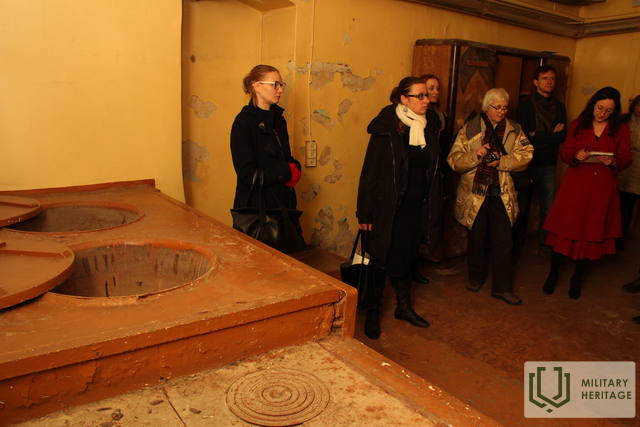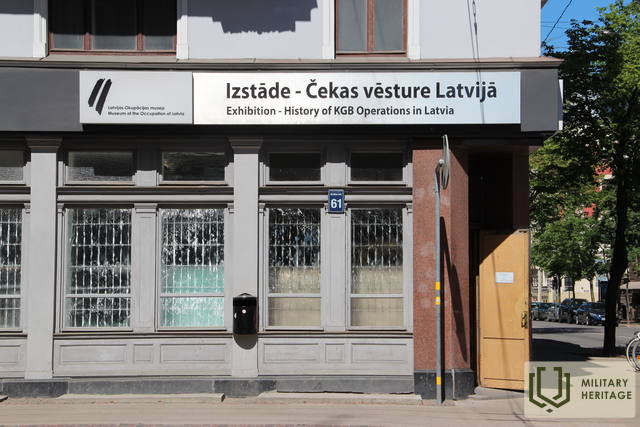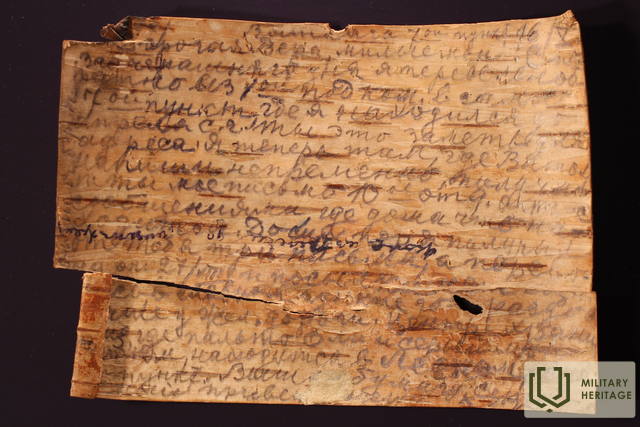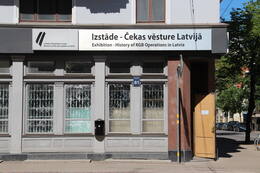Apie kampinį namą
Pasakotoja aprašo pirmuosius įspūdžius atvykus į Kampinį namą. Prisiminimai atskleidžia atšiaurias kalinių gyvenimo sąlygas.
„(..) Jie mane įvedė į vieną iš tų kambarių su plytelėmis išklotomis sienomis ir grindimis. Ir aš labai jaudinausi, daugiausia dėl to, kad mane ten pasitiko apkūni rusė, drįstu teigti, nes jos veidas ir drabužiai... Ji vilkėjo uniformą su mėlyna kepuraite, raudona žvaigžde ir tuo žaliu „gimnastės švarku“. Matau viską prieš akis. Apjuosta chalatu, burnoje peiliu, o rankos prie šonų. Bet kuris žmogus psichologiškai sukrėstas, kai tai pamato. Bijai, nežinai, kas su tavimi bus padaryta ir kas nutiks. Ji sako: „Razgevaisya“, aš nusivelku švarką, „Razgevaisya“, nusivelku jį dar toliau, „Razgevaisya“ ir tol, kol nieko nebelieka. „Atidaryk burną, pritūpk, pasilenk“. Tada nuimamos visos gumytės, užtrauktukai, sagos, nuimami, batų raišteliai nuimami, plaukai išsišakoja. Viskas slysta ant manęs, o aš laikausi. (..)“
„Ir tada jie mane nuvedė toliau į 28 kamerą, pirmame aukšte. Jie atidarė duris ir įleido. Ten sėdi 5 moterys su savo krepšiais, nusirengusios – su liemenėlėmis ir kelnaitėmis. Sakau „Labas vakaras“ ir klausiu, ar čia yra pirtis. Jos iš manęs juokiasi ir atsako, kad čia yra kamera. Karštis toks didelis, kad ten negalima dėvėti drabužių. Tarp jų buvo ir dr. Vernere iš Liepojos. Ji buvo 7 mėnesį nėščia. Ji iškart man pasakė: „Žinote, mūsų čia tiek daug, kiekvienas turi savo bylą ir mes nieko nesakome vienas kitam apie savo bylas. Niekam nekalbi apie savo bylą ir nepuoselėji jokių vilčių. Jie tau pažadės, kad galbūt būsi paleistas, jei ką nors perduosi. Niekas iš čia neištrūks. Vienintelis dalykas, kurį gali padaryti, tai apsaugoti tuos žmones, kurie vis dar lauke. Neperduok jų, neįvardink jų vardų. Tai vienintelė tavo išeitis. (..)“
„(..) Naktį reikia miegoti ant nugaros, šviesa akyse, nieko negalima dėti ant akių. Jei pasisuki ant šono, jie ateis ir tave pažadins. Jie turi pamatyti tavo akis. Manau, kad kažkaip išgyvensiu šią naktį, bet kitą – nieko. Vienas, du, trys...“ (..)
„(..) Vandens buvo duota tik vienai iš kameros draugių, nes ji buvo 7 mėnesį nėščia. Kai ji davė stiklinę vandens kitoms, prižiūrėtojas išplėšė ją iš rankų ir įpylė. Ryte jai davė atsigerti karšto vandens, bet kadangi jis buvo virtas tame pačiame puode, kuriame buvo verdama žuvienė konservuose, jis dvoko nemaloniai. (..)“
Prisiminimai, perrašyti iš „YouTube“ platformos: vaizdo įrašo pavadinimas „Kampinių namų liudijimai“ (2021 m. liepos 20 d.).
Susijusi laiko juosta
Susijusios vietos
Paroda KGB pastate „KGB operacijų Latvijoje istorija“
Buvęs SSRS Valstybės saugumo komiteto (paprastai vadinamas Čeka) pastatas atviras lankytojams. Čia čekistai kalindavo, tardydavo ir žudydavo Latvijos piliečius, kuriuos okupacinis režimas laikė priešininkais. Taip pat eksponuojama Latvijos okupacijos muziejaus ekspozicija apie Čekos veiklą Latvijoje. Siūlomos ekskursijos po kalėjimo kameras, koridorius, rūsį ir kiemą. Namas pastatytas 1911 m. ir yra vienas gražiausių pastatų Rygoje. Liaudyje vadinamas „Kampiniu namu“, jis buvo baisiausias sovietinio okupacinio režimo simbolis Latvijoje ir vienas iš SSRS valdžios ramsčių. Čeka iš Kampinio namo veikė okupacijos metu nuo 1940 iki 1941 m., o vėliau nuo 1945 iki 1991 m. Dešimtys tūkstančių latvių nukentėjo nuo tiesioginio politinio persekiojimo. Kova su sovietų valdžios priešais tęsėsi ir po Antrojo pasaulinio karo. Čekos požiūris į savo veiklą šiek tiek pasikeitė po Stalino mirties. Fizinį kankinimą pakeitė psichologinis teroras. Dauguma Čekos agentų buvo latviai (52 %). Antra pagal dydį grupė buvo rusai – 23,7 %. 60,3 % agentų nebuvo Komunistų partijos nariai. 26,9 % agentų turėjo aukštąjį išsilavinimą. Sistema buvo sukurta taip, kad įtrauktų vietos gyventojus ir taip turėtų didesnę kontrolę visuomenėje. Personalo dokumentai ir tarnybos įrašai yra Rusijoje. Ši medžiaga nebuvo prieinama Latvijos valdžios institucijoms ir tyrėjams.




